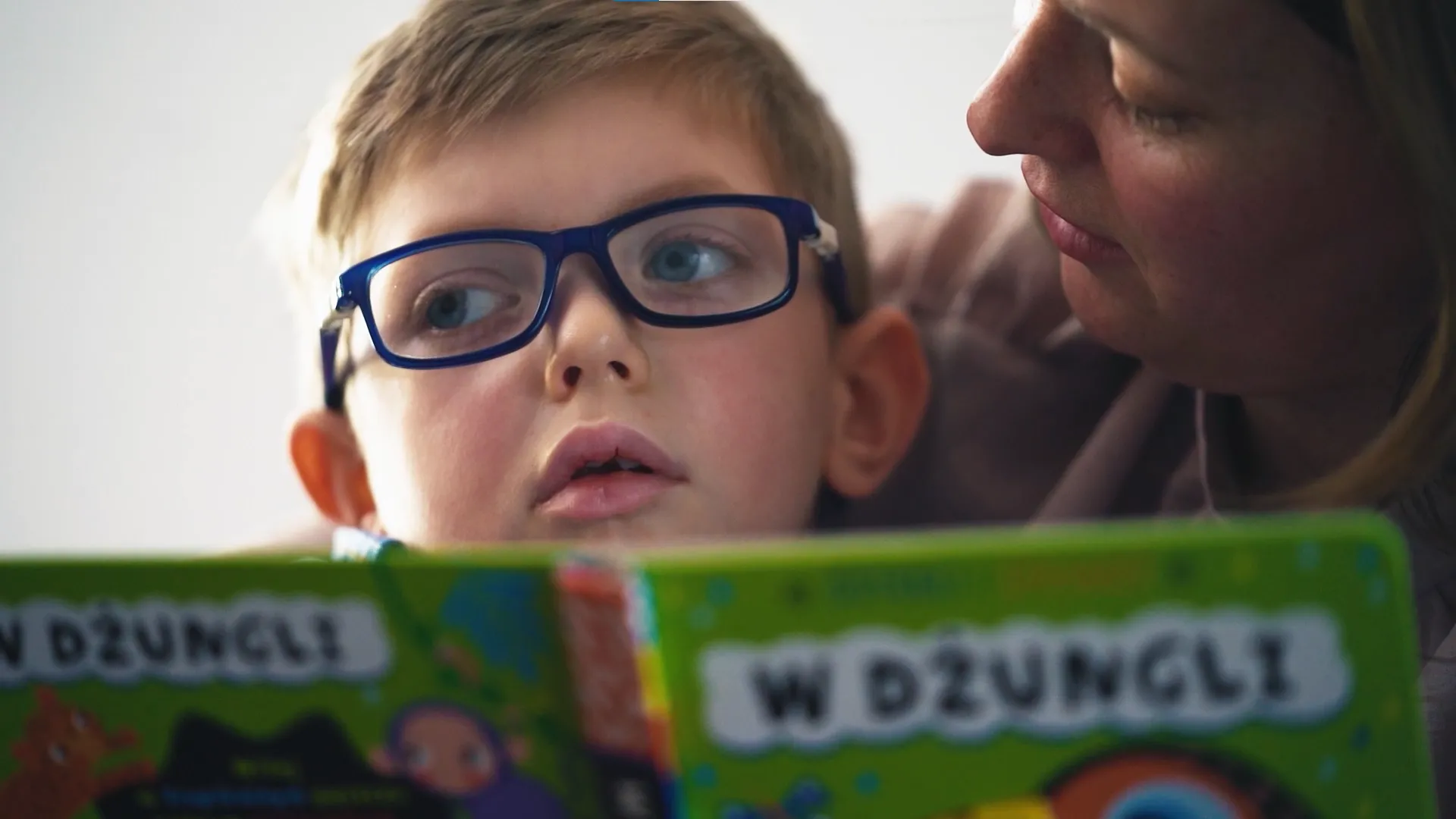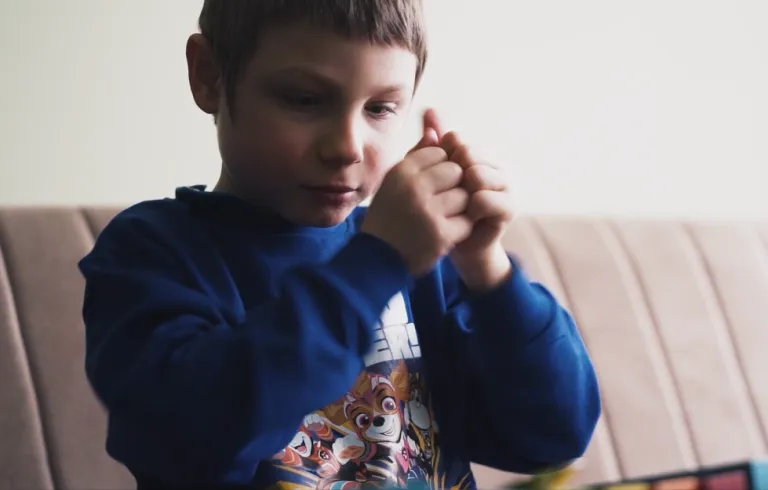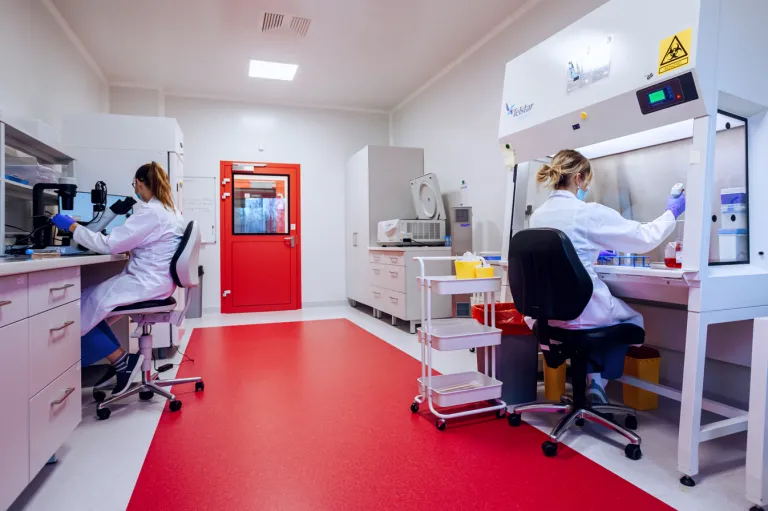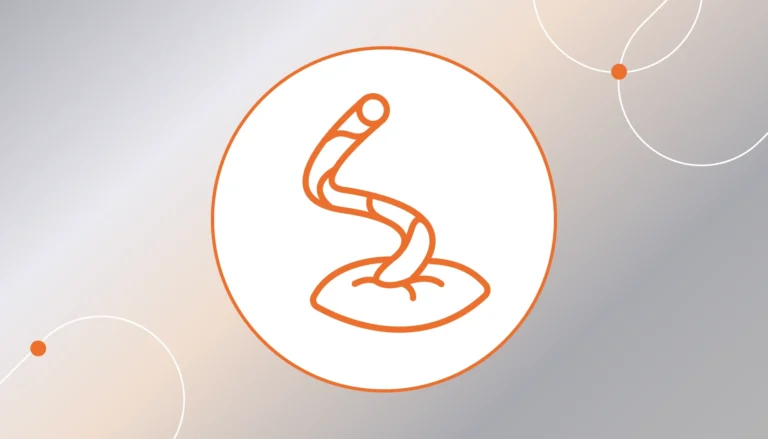Krabbe globoid leukodystrophy is an inborn metabolic disease. Unfortunately, but currently there is no cure for it that can completely cure the patient. Wojtek's case is a story that shows that stem cells from the umbilical cord can significantly improve patients' quality of life and function, and most importantly, slow down the course of the disease.
Krabbe globoid leukodystrophy – what is this disease?
Krabbe globoid leukodystrophy is a rare disease.
Rare diseases are those that affect a negligible number of people compared to the general population.
In Europe, a disease is considered rare if it affects 1 person in 2,000.
Krabbe disease is a disease of the central nervous system that eventually leads to its destruction leading to the death of the patient.
Unfortunately, at this time there is no treatment option for this disease entity.
How did Wojtek’s story begin?
Until the age of 2.5, Wojtek developed normally like his peers and there was no indication that he was sick. At the age of 2.5 years, the first symptoms appeared, which worried the Parents. The first symptom was a limp on the right leg and imbalance. After many weeks, a diagnosis was made – Krabbe globoid leukodystrophy. The parents began to look for information about the disease on the internet and treatment options for their son hitting on stem cell therapy. The first consultation was held in February 2019, but unfortunately the disease progressed quickly and Wojtek was already in poor health. He couldn’t walk, didn’t move his arms, had difficulty breathing, and his body was limp.
Effects of stem cell therapy
Fortunately, Wojtek was qualified for stem cell therapy, it was the only available treatment for his disease.
After receiving a positive opinion from the Bioethics Committee, the boy was given stem cells from the umbilical cord.
The effects of the therapy were visible and very satisfactory.
The disease no longer progressed so quickly.
Wojtek’s motor skills, independent swallowing and contact with the environment improved.
The boy became less spastic, more resistant, and even went to kindergarten.
The cells acted on Wojtek’s body like a shot of energy.
Unfortunately, but there is no cure for this disease, and stem cells cannot cure Wojtek from Krabbe’s Leukodystrophy Globoid.
But most importantly, they have significantly slowed the course of the disease by improving Wojtek’s functioning in daily activities.
The boy had stem cell injections every 4 weeks.
Less frequent administrations caused a recurrence of symptoms: motor functions worsened, spasticity increased and problems with swallowing began.
What is a medical therapeutic experiment (MEL) ?
Medical therapeutic experimentation (MEL) involves the use of a therapy that is not considered a standard therapy for a given disease entity.
Instead, it is used in cases where there is no other available therapy or all previous therapies have failed.
Any therapy carried out as part of a medical therapeutic experiment requires approval from the Biotics Commission.
Stem cells from the umbilical cord, unlike stem cells from umbilical cord blood, with which treatment is reimbursed by the National Health Service, are classified as experimental therapies.
Despite the fact that the effects in Wojtek’s case were tremendous and made daily life easier for both him and the Parents, the applications were stopped by the negative opinion of the Biotics Committee.
Wojtek’s parents did not stop fighting for the possibility of continuing the therapy for their son, which allowed the boy a substitute for normality.
Rate this article:











